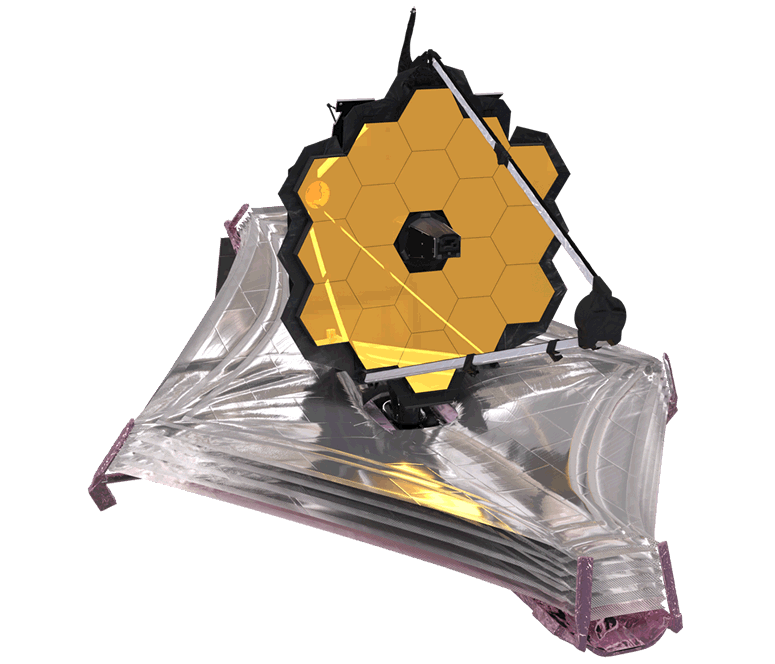
James Webb Space Telescope started sending back pictures.
Getting Enough Time
In order to park asteroids we need to be able to detect them first. Most of the time we'll be detecting them and plotting their orbits well in advance, perhaps several orbits in advance. But, in the worst case scenario we might be detecting an asteroid on its final approach to Earh (and God forbid before its potential impact with Earth).
How much time/space?
In that case the question arises: how much time do we need before an asteroid passes (or in worst case scenario potentially impacts) in order to alter its trajectory? And the answer is simple - as much time as we can get. So, what is the farthest away point where we can detect an asteroid that can cause planet-wide damage? What about looking as far as the sun and the asteroid belt. That's about one Astronomical Unit. Given sun-orbital velocities that gives us about a month to month and a half lead time. Can we set up a detection network that will cover all of relevant space (with orbits that can potentially impact Earth) and see all asteroids 1 kilometer or larger in diameter?
Current detection mechanisms are limited to earth based wide-field telescopes. This limits us to only night time observations and these telescopes are not likely to be state of the art technology. They definitely can't peer out that far and they miss a lot of asteroids that we either find out about after they fly by or don't find out about them at all.
Other methods
Are there any other methods besides telescopes we can use to detect objects? As far as we can tell, no. Basically all radiation coming towards us is in some form of light, just in different frequencies. We do have a gravity detecting device and gravity does bend light. But scaling that type of device up to detect differences in gravitational fields as far as 1 AU is not likely to be possible ( even if we do manage to come up with good enough lasers that stay focused enough over thousands of kilometers, or perhaps even farther).
Better telescopes
So, we'll need better telescopes. And we are constantly improving on that front. The James Webb Space Telescope has just started sending back images of quality never seen previously. What we'll need are even better, wide field telescopes and we'll need lots of them to cover all space around the planet that we can.
Where to place them.
Currently the vast majority of our telescopes are earth based. This limits the frequencies they can observe at and also makes them subject to the weather conditions at their respective locations. What we need are telescopes in space. Definitely at least in earth orbit, where we can maintain them. And eventually, perhaps on the surface of the Moon, once we establish a permanent presence there. There we could more easily place and maintain large telescopes that could potentially be manufactured right on the Moon.
| Previous |  |
Next |